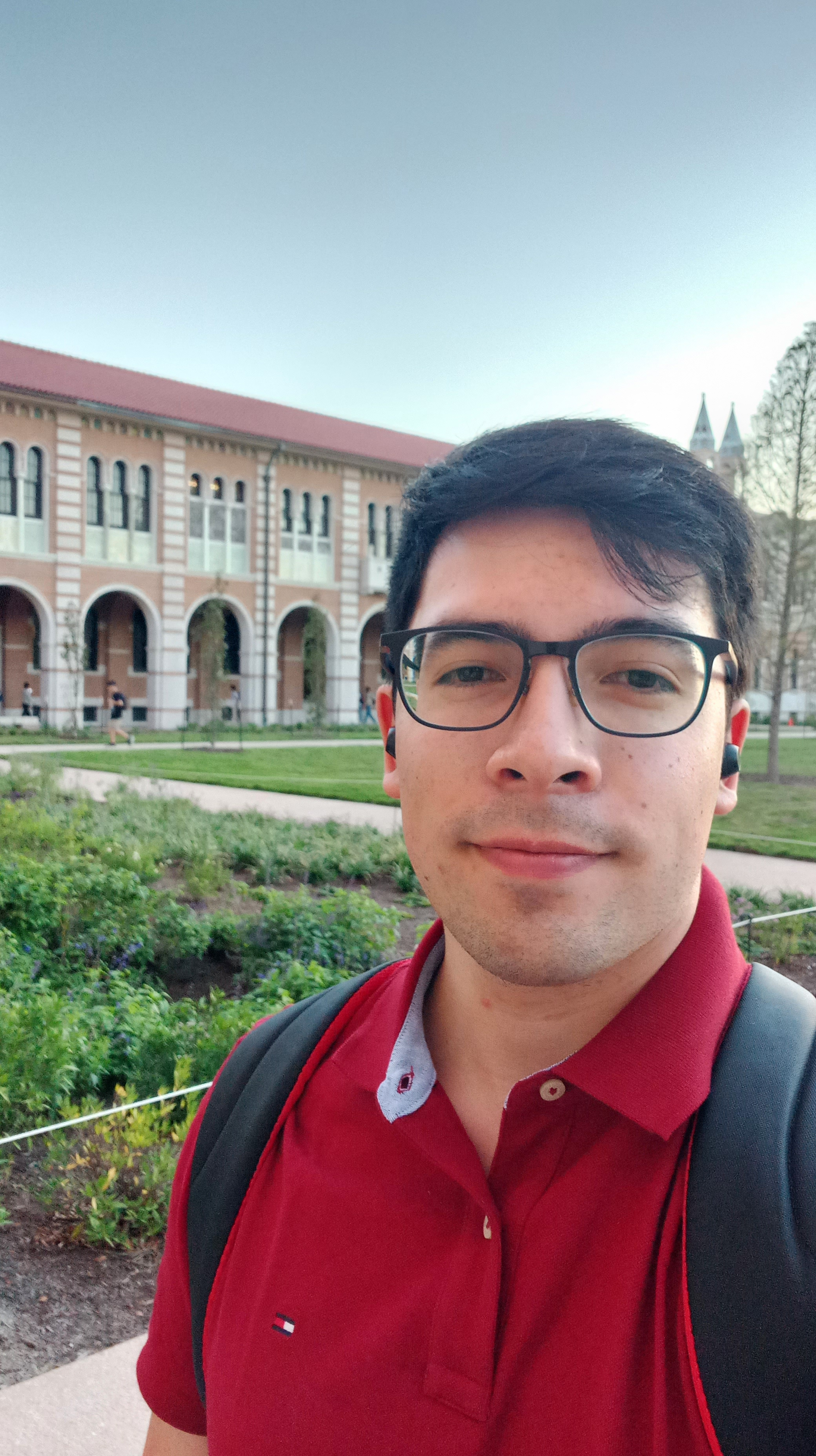Published in SEDICI - UNLP, 2024
Abstract: Transcranial electrical stimulation (tES) is a field that investigates the effects of applying low-intensity electrical currents to the human brain using electrodes placed on the scalp. Tumor Treating Fields (TTFields) is one application of tES, that consists of applying alternating electric fields (∼300KHz) to a tumoral region to arrest its growth. The physiological principle is that tumoral cells are killed during mitosis if the fields are aligned with the cell subdivision direction. The conventional protocol involves switching between two ad-hoc and intuitive anterior-posterior and left-right stimulation patterns. The problem is that these patterns do not consider the tumor location, nor the geometrical and electrical properties of the different tissues of the brain that affect the electric field. There are techniques to mitigate these problems and get the best possible electric field within the tumor. This is known as optimization. However, this technique has not been studied or applied to TTFields. The hypothesis of this work is to enhance TTFields technique by applying optimization methods. The first objective of this work focuses on optimizing the current injection patterns to stimulate the tumoral region, maximizing the average electric field intensity or the average electric field directionality inside the tumor along predefined electric field orientations. Optimization methods such as reciprocity theorem, linearly constrained minimum variance filter, and convex optimization software are used to optimize the current injection using two electrode arrays: the conventional 36-electrode TTFields array called Optune, and the 64-electrode 10-20 electroencephalography array. A realistic head model, including brain tissues and a tumor, is used to solve the forward problem of tES using the finite element method. Performance is evaluated based on the directionality and intensity metrics of the electric field within the tumor. The results show improved performance in terms of directionality and intensity for the optimized patterns compared to the conventional protocol. The proposed optimization approach has the potential to enhance efficiency of TTFields. A second objective of this work is to estimate the efficacy enhancement after the intensity and directionality obtained by the previous applied methods. A statistical model is proposed to describe the division duration of the mitosis phases that are affected by TTFields. This model is then used to validate and calculate the probability of cancer cell death. For this, the empirical data is taken from the available bibliography, and then the parameters of a proposed density probability function are estimated to fit the data. The statistical model is fully defined using the available experimental data from dish-based (two-dimensional) in-vitro experiments, stimulating in one and two ortogonal directions. Then, to analyze a more realistic case, this model is extrapolated to the three-dimensional case. tES along two and three directions were simulated, enhancing the probability of cell death. The results of both objectives validate the hypothesis through the use of computational simulations and the assumptions of the models.
Recommended citation: Dante C. Andrinolo O. "Optimización de estimulación eléctrica transcraneal para el tratamiento de glioblastomas." Universidad Nacional de La Plata Tesis de grado. UNLP 2024
Download Paper
